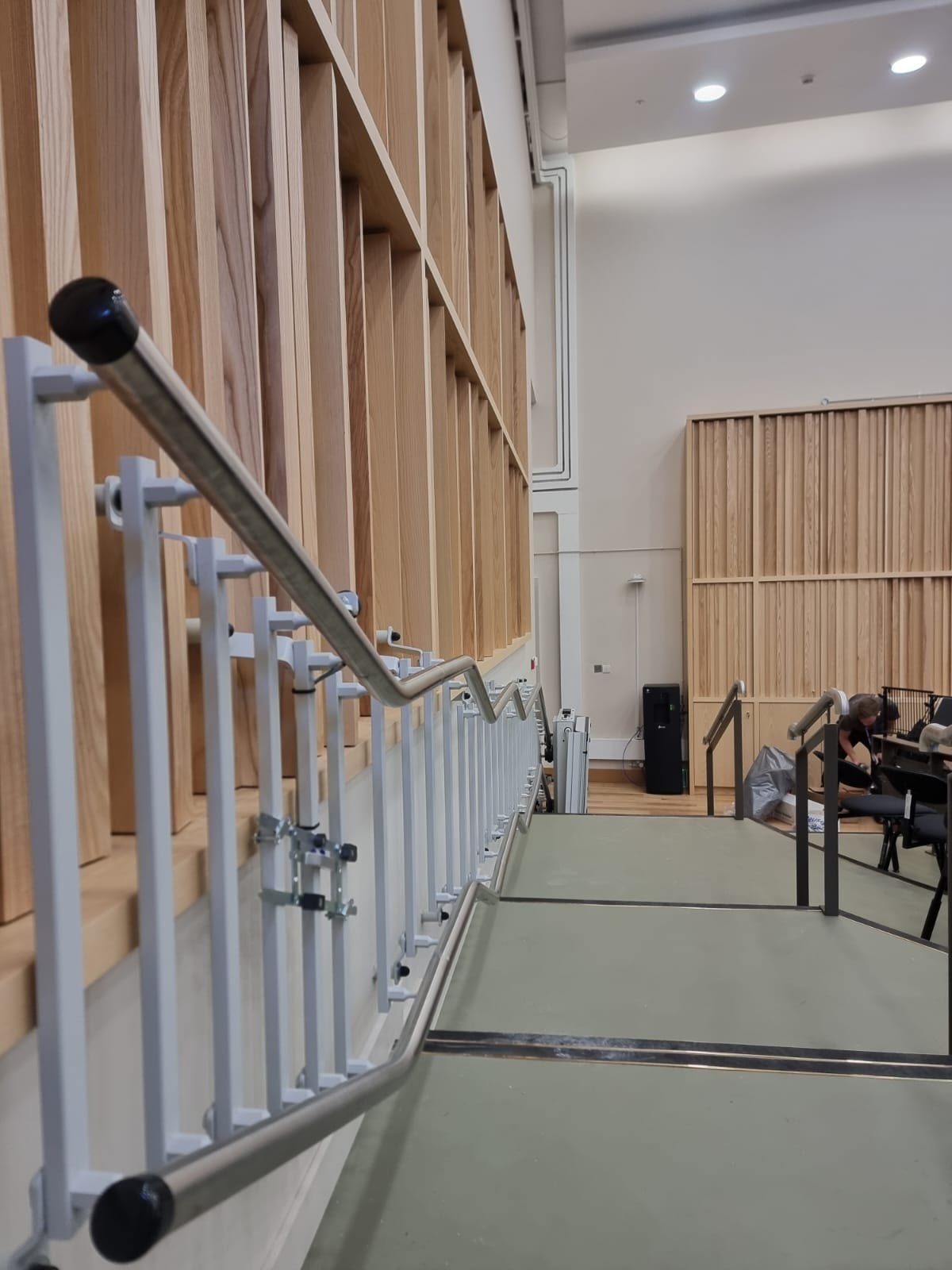Dumbwaiters are small lifts that are used to carry items between floors of a building. Most models are now operated electronically, although some examples of older dumbwaiters that are operated with pulleys or handles may still be found. Despite being a very simple concept, it’s a subject that tends to generate a lot of questions.
Here are the answers to some of the most frequently asked questions about dumbwaiters.
When were dumbwaiters first used?
The concept has been around for centuries, although it was commercialised during the Victorian era when there was a major expansion in the hotel and hospitality industry. They were used to conveniently transport meals to the upper floors for guests who were dining in their rooms, and to return the dirty dishes to the kitchen.
The concept soon became adopted by larger houses that had servants, because the kitchen was often in the basement. The term ‘dumbwaiter’ reflects the fact the operation was not seen or heard by the occupants of the house.
Where can dumbwaiters be installed?
Dumbwaiters can be installed in a variety of settings. They are commonly used in hotels and larger restaurants, and also in hospitals and nursing homes. They may also be installed in offices or educational or retail buildings. In fact, they are useful in any multi-storey building that requires the frequent transportation of items between levels.
They can also be used in residential settings, which may be required in a larger home with multiple staff, or with elderly or disabled occupants who do not want to carry loads up and down stairs.
What weight can dumbwaiters carry?
The weight capacity will depend on the design, size, and intended use of the dumbwaiter. Residential models may be able to handle up to 200lb, and commercial models may be able to accommodate heavier loads of up to 500 lb.
However, it’s important to remember that they are only designed to transport inanimate objects and should never be used to transport children, animals, or adults. The design and capacity should always be aligned to your intended use.
Can dumbwaiters be customised?
Yes, dumbwaiters can usually be made to order should you have specific requirements. Typically a commercial dumbwaiter will be larger and have more robust safety features. The exterior fittings and finishes can be customised so that it fits in sleeking with the surroundings.
How much space is needed to install a dumbwaiter?
This depends on the function of the device. Floor-level dumbwaiters that are designed to load items from the floor, such as carts, will usually require a pit. Counter-height devices usually do not and so take less space.
Typically a dumbwaiter can move goods up to four storeys high, but if you have any questions about size and capacity, please contact the https://www.keplifts.co.uk/goods-lifts and they will be able to advise you about the exact specifications.
Smaller dumbwaiters for residential buildings do not take up very much space and so it is worth making a consultation even if you think there might not be enough room.









































